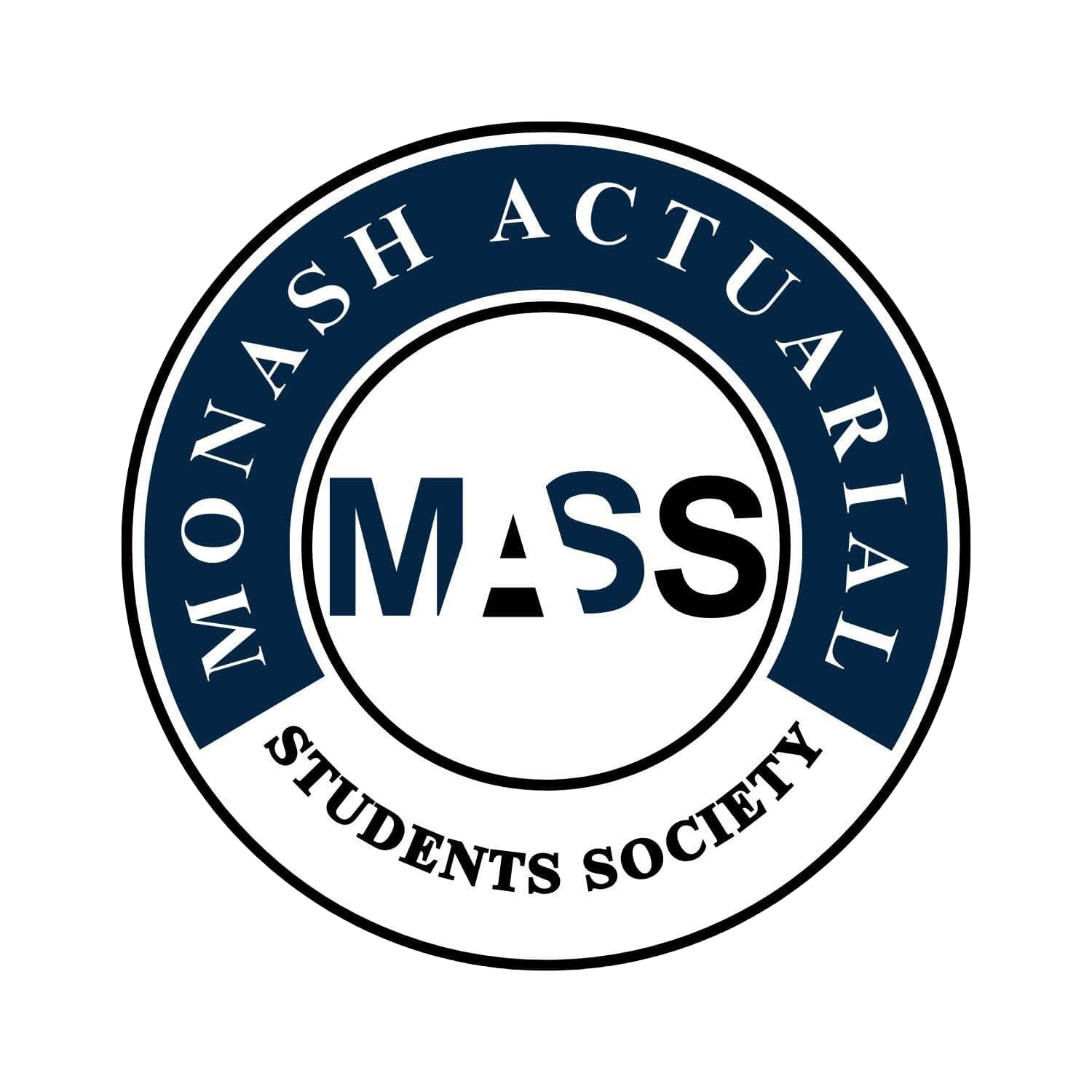ECC1100 / ECF5927 Principles of Macroeconomics
Difficulty:
Year Completed: Semester 1, 2025
Prerequisite: N/A
Exemption:
CB2 Business Economics
ECC1000 (55%), ECC1100 (45%)
Weighted average of 70% required. Minimum of 60% required for
each unit.
Mean Setu Score: 79.6%
Clarity of Learning Outcomes: 83.80%
Clarity of Assessments: 79.40%
Feedback: 77.40%
Resources: 78.80%
Engagement: 79.80%
Satisfaction: 78.40%
Subject Content:
Lecture(s) and Tutorial(s):
Textbook(s):
Assessments:
In this unit you will look at the economy as a whole, mostly in the context of a country. In the first half of the semester, you will learn about how the economy changes and grows over time and the indicators of an economy's performance. In the second half of the semester, you will go into more depth on the four sectors of the economy and AD-AS model. You will then explore the application of policies used influence the sectors, gaining an understanding of how the government and central bank make policy decisions to address the needs of the economy.
2 x 1 hour lecture
1 x 1 hour tutorial
The prescribed textbook was Principles of Macroeconomics by Holden, Stevenson, and Wolfers. It was not essential for success in the unit, as lectures covered all necessary content. However, it was a helpful supplementary resource, especially for students wanting to read ahead for assessments such as the group assignment.
Test 1 (10%): A 20-minute online test covering Topics 1–3. Students were given three practice questions in advance, and the test itself presented a slightly modified version of one of them.
Test 2 (10%): Another 20-minute online test, this time covering Topics 5–7. It featured seven short-answer questions and tested understanding across a broader range of material.
Grop Country Analysis (20%):
Group Presentation (5%): A 5-minute PowerPoint presentation on an assigned question, delivered in tutorials.
Reflection & Planning (5%): A peer review and reflection on group contributions.
Group Report (10%): A research report analysing a selected year in a given country using the AD-AS framework and proposing a relevant policy recommendation.
Final Exam: 50%
Comments
This unit introduces students to key macroeconomic concepts such as GDP, inflation, unemployment, and the business cycle, before progressing to models like AD-AS and the IS-LM framework. The second half focuses on macroeconomic policy and real-world applications. It builds a conceptual understanding of how the economy functions on a national scale and prepares students to critically evaluate government and central bank responses to economic conditions.
The lectures were mostly engaging as the lecturer, Jaai, always made an effort to encourage active discussion and participation within the lecture. There were a few weeks were there was no break in the middle, which made it difficult to maintain focus towards the end of the two hours. The lectures were recorded, so if there was anything that I missed or didn't fully understand, I could go back and watch the recording.
1-hour tutorials were held weekly. These provided a space to revise lecture material, ask questions, and complete worksheet-style problems. A few weeks included group presentations as part of the group assignment. Attendance and preparation were useful but not essential for doing well in assessments.
The assessments were the country analysis group assignment and the tests. The tests required you to understand the content of the unit and to prepare, you'd need to go over content, do practice questions, attend the help sessions and ask for help as well. The tests themselves were not too difficult but you do need to understand the content and graphs. The country analysis task was challenging because it was a group task and all the people in the group needed to have a good understanding of the content to do well especially for the report. The markers are fair on the assessments and they leave comments explaining where you may have lost marks and what you did well. For after the marks for test 1 were released Jaai also put up a video going through the common mistakes people had made and how to improve. Practice questions and marking criteria were provided for each test and the group assignment.
The exam was online, closed book and no calculator. It consisted of 10 multiple choice questions worth 1 mark each and 4 extended response questions worth 10 marks each (no calculation questions). Time management was not a problem if you understood the content.
ECC1100 is a well-structured and approachable unit for students new to macroeconomics. The assessments are relatively straightforward, and the lecture content is engaging. With consistent weekly review and group coordination, students can perform well. No textbook is required for success, but the prescribed text can help for deeper understanding.
General Overview:
Lectures:
Tutorials:
Assessments/Other Assessments
Exams
Concluding Remarks

